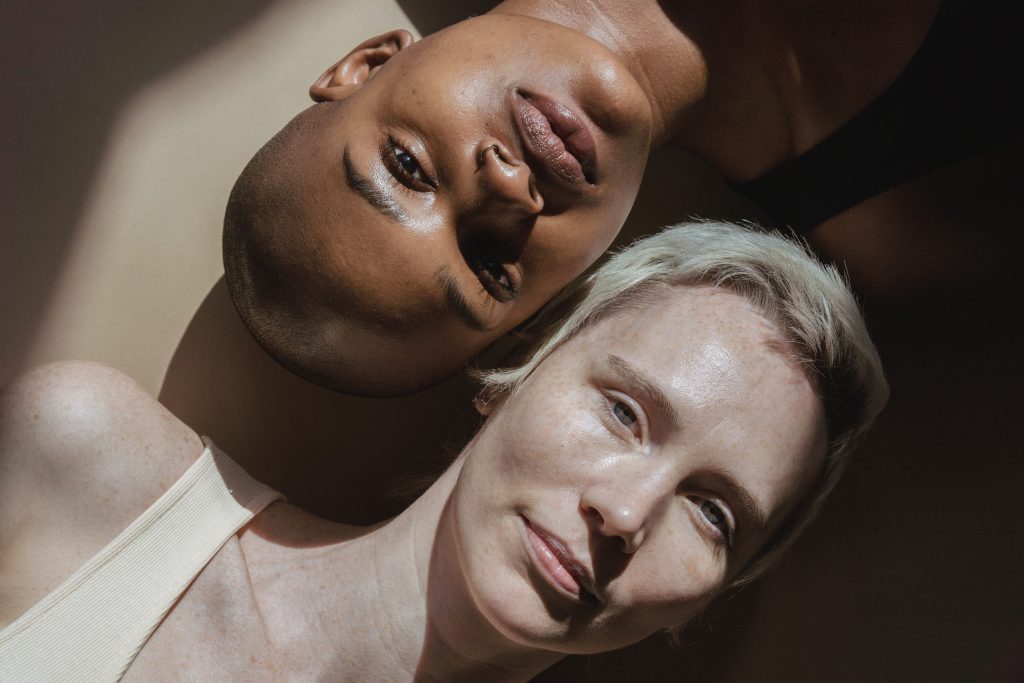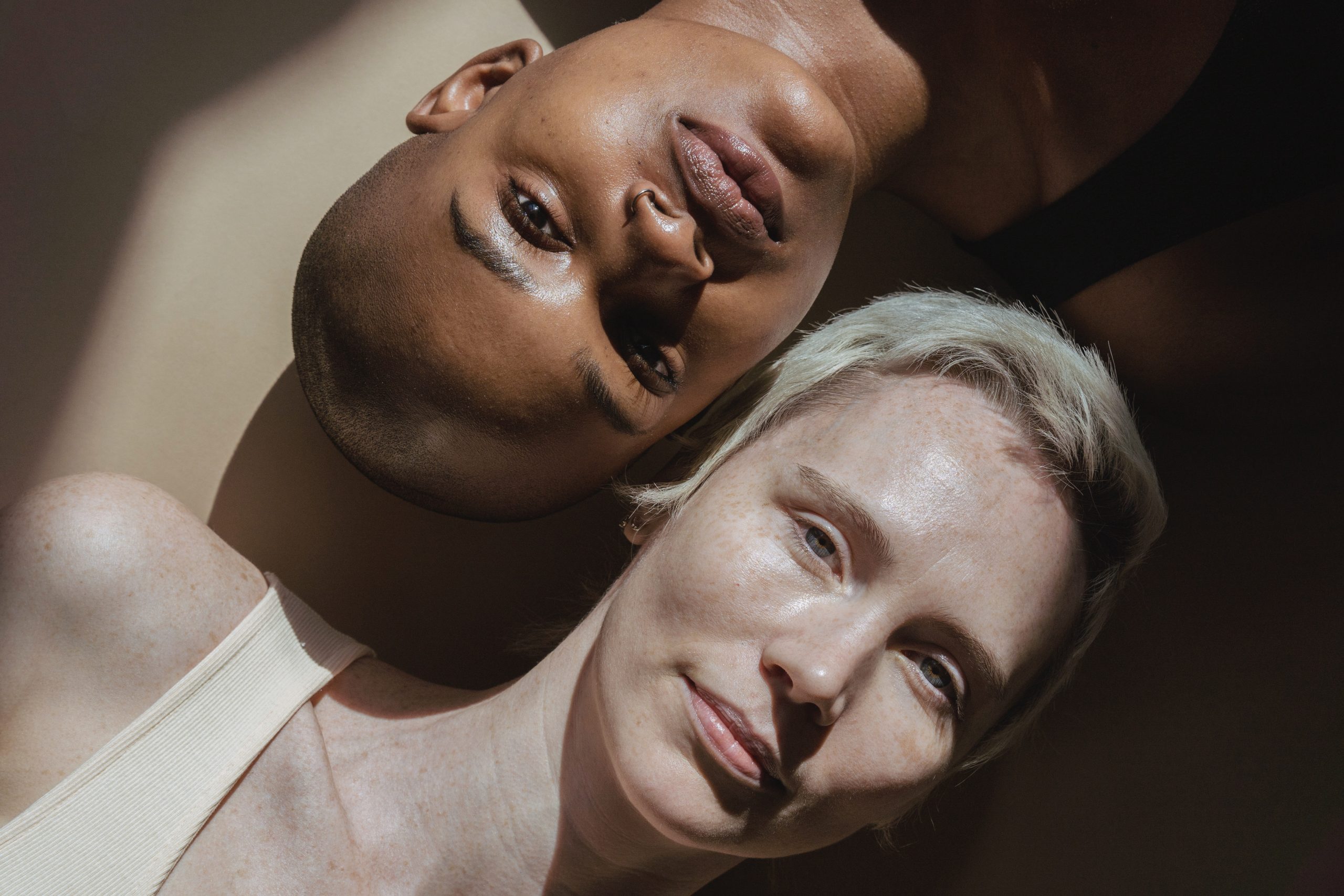
In the modern digital age, social media is revolutionizing the beauty industry. Platforms like Instagram, YouTube, and TikTok are not just tools for connection—they are powerful engines driving trends, sales, and brand visibility. Here’s an in-depth look at how social media is reshaping the beauty industry and what this means for brands and consumers alike.
1. Influencer Marketing
Influencer marketing is one of the most significant ways social media is impacting the beauty industry. Influencers, with their large followings and authentic content, have the power to sway consumer purchasing decisions.
Key Points:
- Trust and Authenticity: Consumers trust influencers’ recommendations, which often feel more genuine than traditional advertising.
- Wide Reach: Influencers can reach diverse audiences, making them ideal for brands looking to expand their market.
Strategy:
- Partner with influencers whose values align with your brand.
- Ensure the collaborations feel authentic and not overly commercial.
2. User-Generated Content
User-generated content (UGC) is another powerful tool. Real customers sharing their experiences with products provides social proof and builds trust among potential buyers.
Key Points:
- Authenticity: UGC is seen as more trustworthy and relatable than branded content.
- Engagement: Encouraging customers to share their experiences increases engagement and fosters community.
Strategy:
- Create branded hashtags to encourage customers to share their experiences.
- Feature UGC on your social media platforms to show appreciation and build trust.
3. Real-Time Engagement
Social media allows brands to engage with their audience in real-time, creating a dynamic and interactive relationship with consumers.
Key Points:
- Immediate Feedback: Brands can receive instant feedback on products and campaigns.
- Customer Service: Social media serves as a platform for addressing customer inquiries and issues promptly.
Strategy:
- Monitor your social media channels regularly to engage with your audience.
- Use tools like Instagram Stories and live sessions to interact in real-time.
4. Trendsetting
Social media is a hub for beauty trends. From makeup tutorials to skincare routines, these platforms are where trends are born and spread.
Key Points:
- Viral Content: Trends can quickly go viral, reaching a massive audience.
- Innovation: Brands can introduce new products and techniques directly to consumers.
Strategy:
- Stay updated with the latest trends and incorporate them into your marketing strategy.
- Collaborate with influencers and beauty experts to showcase new trends.
5. Personalized Marketing
Data from social media platforms allows brands to personalize their marketing efforts, offering tailored content and products to specific segments of their audience.
Key Points:
- Targeted Ads: Use data to create highly targeted advertising campaigns.
- Customized Content: Deliver content that resonates with different segments of your audience.
Strategy:
- Utilize analytics tools to understand your audience better.
- Create segmented marketing campaigns to address the unique needs of different customer groups.
6. Visual Appeal
The visual nature of social media platforms makes them perfect for the beauty industry, where visuals are crucial. High-quality images and videos are essential for showcasing products and engaging with audiences.
Key Points:
- Aesthetic Content: Beautiful, high-quality visuals attract more engagement.
- Tutorials and Demonstrations: Videos showing product application or tutorials are highly effective.
Strategy:
- Invest in professional photography and videography.
- Regularly post tutorials, demonstrations, and behind-the-scenes content.
7. E-Commerce Integration
Many social media platforms now offer e-commerce features, allowing brands to sell directly to consumers through their profiles.
Key Points:
- Convenience: Simplifies the purchasing process for consumers.
- Direct Sales: Increases sales by reducing the steps needed to purchase a product.
Strategy:
- Utilize shopping features on platforms like Instagram and Facebook.
- Ensure your product catalog is up-to-date and visually appealing.
8. Community Building
Social media helps brands build a community around their products, fostering loyalty and repeat business.
Key Points:
- Engagement: Building a community encourages regular interaction and engagement.
- Loyalty: A strong community fosters brand loyalty and advocacy.
Strategy:
- Create exclusive groups or forums for your customers.
- Regularly engage with your community through polls, Q&A sessions, and interactive content.
9. Educational Content
Educational content such as tutorials, how-to videos, and skincare advice helps establish your brand as an authority in the beauty industry.
Key Points:
- Trust: Providing valuable information builds trust with your audience.
- Engagement: Educational content encourages viewers to spend more time on your platforms.
Strategy:
- Regularly post educational content that addresses common beauty concerns.
- Collaborate with experts to provide credible and valuable information.
10. Data-Driven Decisions
Social media analytics provide valuable insights into customer behavior and campaign performance, allowing brands to make data-driven decisions.
Key Points:
- Performance Tracking: Measure the success of your campaigns and adjust strategies accordingly.
- Customer Insights: Understand your audience’s preferences and behaviors.
Strategy:
- Use analytics tools to track key performance indicators (KPIs).
- Regularly review and analyze data to refine your marketing strategies.
Conclusion
Social media is a powerful tool that is transforming the beauty industry. By leveraging influencer marketing, user-generated content, real-time engagement, and other strategies, beauty brands can connect with their audience, build trust, and drive growth. Stay updated with the latest trends and continuously refine your strategies to harness the full potential of social media for your beauty business.















